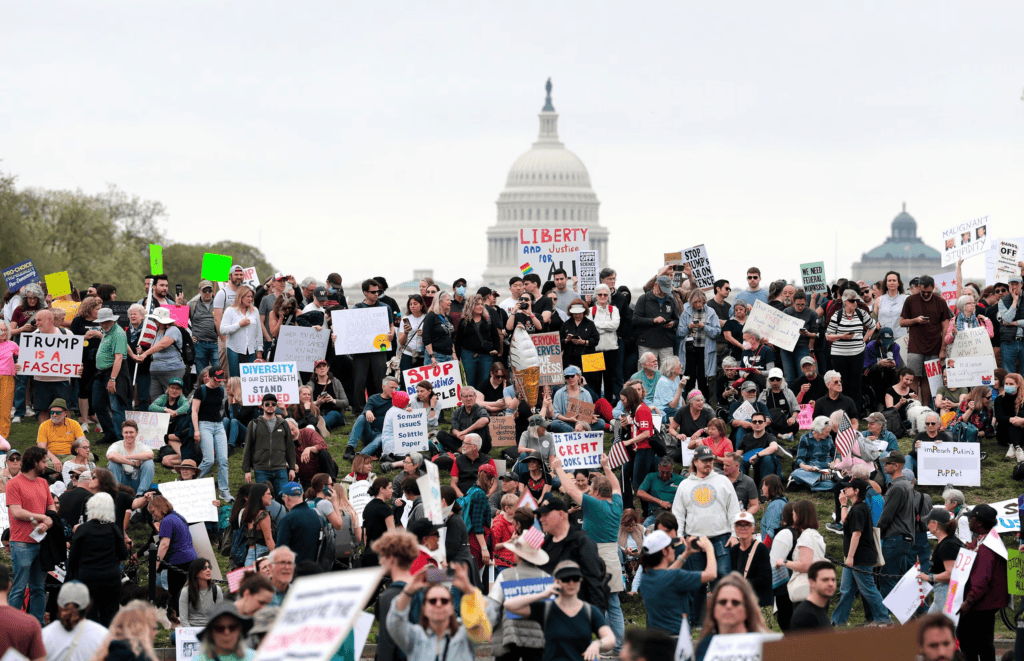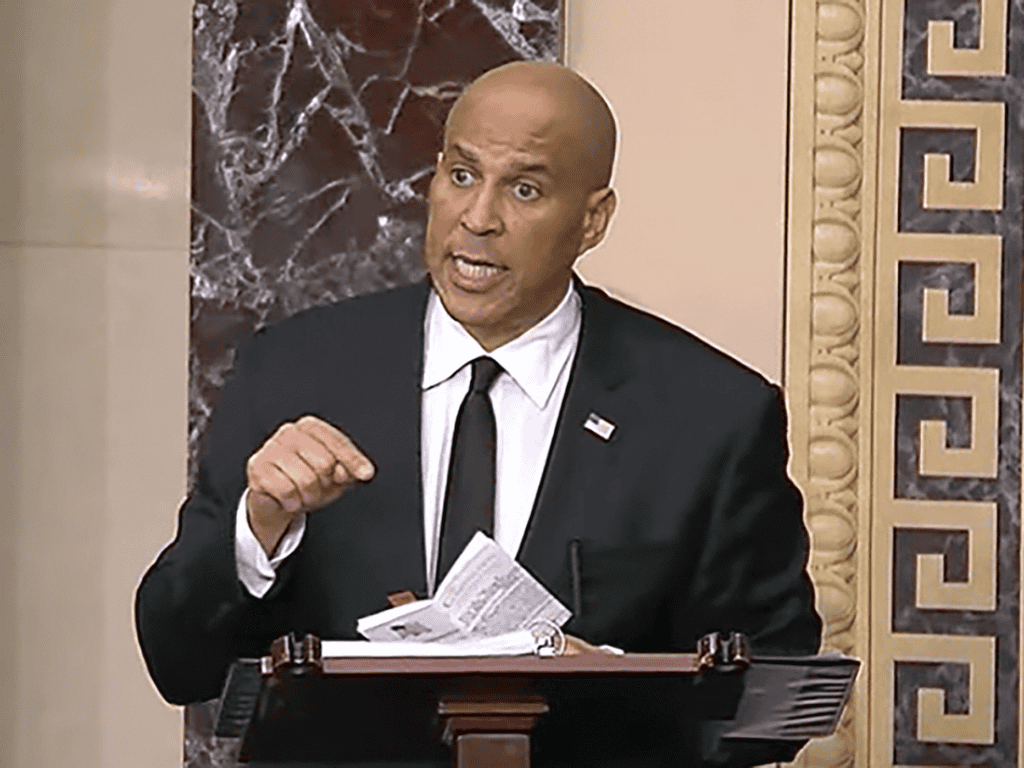President Donald Trump’s sweeping tariff announcement on April 2 sparked widespread economic anxiety, internet rumors, and the largest coordinated protest of his second term. While the administration claimed the tariffs were reciprocal and kind, a closer look at the policy rollout and surrounding narratives reveals a storm of misinformation and mounting public backlash.
The Tariff Formula
Trump described the tariffs as fair and tailored to match how other countries tax U.S. goods. However, internet sleuths on X (formerly Twitter) quickly exposed a different reality. The tariff rates were calculated by dividing a country’s trade deficit with the U.S. by the total U.S. imports from that country, which is a formula that has nothing to do with matching foreign tariffs. Despite a White House denial, tables released by the administration confirmed the social media calculations. Experts criticized the formula as flawed in its goal of balancing bilateral trade with every country.
Viral Claim About Fox News: False
As panic spread across markets, a viral claim accused Fox News of removing its live stock ticker to conceal a market crash following Trump’s announcement. The claim quickly racked up millions of views on X.

However, fact-checkers debunked the rumor: Trump’s announcement occurred after markets had closed, and Fox News has never operated a continuous live ticker. Although Fox Business did display post-closing stock data briefly, the removal of the ticker was standard and unrelated to the tariffs.
Protests Erupt Nationwide
The economic uncertainty fueled public outrage. On April 5, more than 1,200 “Hands Off!” protests were held across all 50 states and internationally, opposing not only the tariffs but also federal cuts, immigration policies, and the rising influence of Elon Musk, who now leads the Department of Government Efficiency.

In Washington, D.C., thousands filled the National Monuments. Protesters rallied against threats to Social Security, veterans’ benefits, and the arts. In smaller cities, similar scenes unfolded—from 300 residents in Sylva, North Carolina, to hundreds outside the Social Security Administration headquarters near Baltimore. Veterans and retirees voiced fears that sweeping cuts to federal programs and services would jeopardize their livelihoods. One demonstrator shouted, “It’s our money!” as others chanted support.
Cory Booker’s Record-Breaking Speech
Sen. Cory Booker, D-N.J., added to the resistance with a 25-hour speech on the Senate floor. A symbolic act, not a formal filibuster, to denounce Trump’s policies. While some posts labeled it the longest filibuster in history, fact-checkers clarified that Booker was not attempting to delay legislation, but rather to express moral opposition.

Booker directly referenced civil rights icons and condemned efforts to normalize “attacks on democracy.” His speech now holds the record for longest in Senate history, surpassing Sen. Strom Thurmond’s 1957 filibuster against the Civil Rights Act.
The Real Economic Impact
According to the Associated Press, the tariffs could increase prices across a wide range of consumer goods, from groceries and electronics to home appliances and cars. Low-income families are expected to bear the brunt, with estimated annual losses reaching nearly $1,000 per household under the new policy.
“The tax is more severe for people who earn less money,” Forrester analyst Dipanjan Chatterjee told AP, calling the tariffs “a regressive tax.” Experts also warned of potential job losses, weakened economic growth, and long-term supply chain disruptions. Some products—such as coffee, bananas, and imported clothing—may see price hikes within weeks. Homebuilding costs could also rise by thousands of dollars due to increased prices on imported materials.
What’s Next?
While the White House maintains the tariffs are necessary to protect U.S. industries and reduce trade deficits, the markets remain volatile. Trump has dismissed critics and declared the tariffs “medicine” for the American economy. But with protests intensifying and experts sounding alarms, the road ahead appears rocky. Amid the chaos, misinformation continues to spread, fueling confusion at a time when facts are more critical than ever. DetectFakeNews.com will continue monitoring the situation as public scrutiny and economic consequences unfold.
Sources:
- Izzo, Jack. “Posts online correctly cracked the formula for Trump’s tariffs.” Snopes, April 3, 2025.
- Rascouët-Paz, Anna. “Fox News didn’t show live stocks ticker after Trump’s tariffs announcement.” Snopes, April 4, 2025.
- Ibrahim, Nur. “Cory Booker’s marathon Senate speech broke record, but it wasn’t a filibuster.” Snopes, April 2, 2025.
- Grantham-Philips, Wyatte & Lewis, Cora. “How Trump’s latest tariffs could affect your wallet.” Associated Press, April 4, 2025.
- Kim, Juliana. “Nationwide ‘Hands Off!’ protests erupt against Trump and Musk.” NPR, April 5, 2025.
- Landay, Jonathan et al. “Anti-Trump protesters gather in Washington, other US cities.” Reuters, April 6, 2025.

